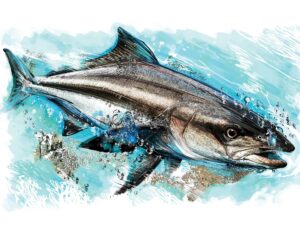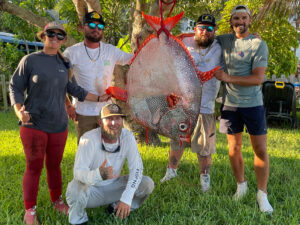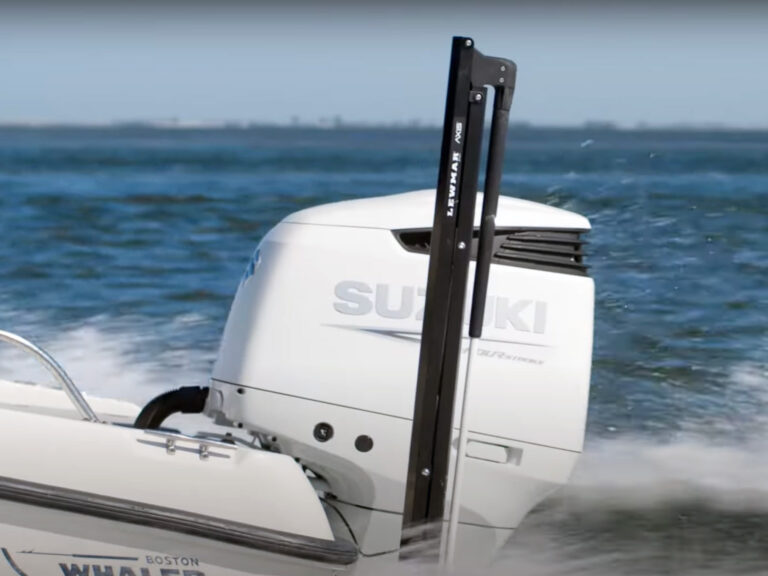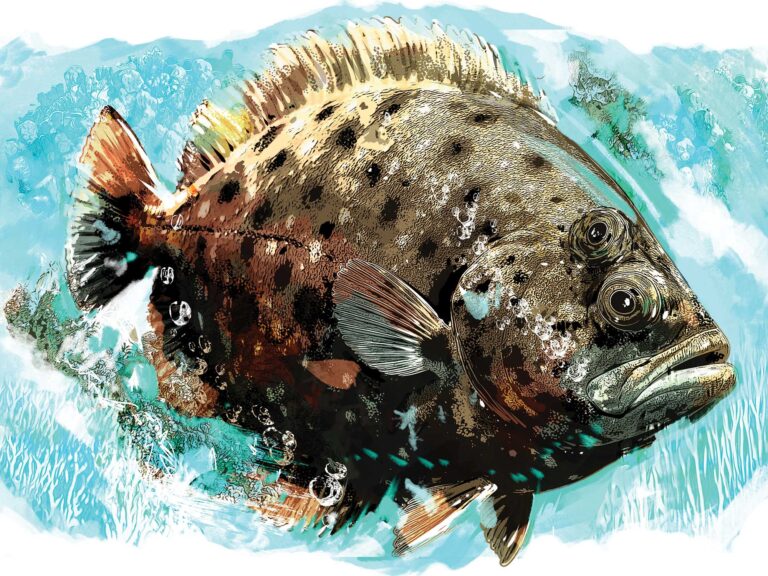
Many times I’ve wished I could grab my spinning rod and jump into a time machine, set for a day of fishing circa the early 1900s in the shallow waters of the northern Sea of Cortez to catch totoaba.
Totoaba (Totoaba macdonaldi) is the king of all drums and croakers, back then both abundant and common to 200 pounds, apparently reaching nearly 300. For those in the Southeast, think of speckled trout that size; Californians can try to imagine white seabass of such proportions.
Historical accounts and photos confirm that an angler could have worn out his arms catching giant “seatrout.”
But overfishing and habitat destruction quickly decimated these great fish. It’s now illegal to keep any, but no matter; the odds of catching even a small one anymore are slim.
Here’s the thing: While many types of fish lack swim bladders, the totoaba, unfortunately, isn’t one of them. The many believers of traditional Chinese medicine decided at some point that dried swim bladder could cure pretty much what ails them, including—surprise, surprise—problems related to sexual performance. Of course, there is zero scientific evidence that fish bladders cure anything, but those who pay astronomical prices take its medicinal value on faith, not science.
And its value is astronomical indeed, at up to $50,000 for a single dried totoaba bladder on the Chinese black market (per gram that’s more than gold). Given that sort of price tag, it’s hardly surprising that a toxic “totoaba cartel” continues to set gill nets in the Cortez under cover of darkness to catch the endangered species. The collateral damage to other fishes and marine animals is high, with no deaths more gut-wrenching than those of tiny, unique vaquita porpoises. They too were once abundant in the Cortez, but death by gill net has left only 10 to 20 vaquitas in the sea; extinction seems close at hand.
Unlike the vaquita, totoaba may yet survive. While there seems no hope of stopping the black‑market killing—the species has been described as “one of the best protected fish on earth” on paper, but strict laws have not stopped the cartels—the totoaba is an excellent candidate for aquaculture.
Over the past seven years, Earth Ocean Farms on the Sea of Cortez has been able to optimize the breeding and raising of totoaba, and they’ve found that the hardy croakers grow very quickly in the right conditions.
The firm is now waiting to hear from CITES (the Convention on International Trade in Endangered Species) to be allowed to export fish (currently illegal) internationally, says Earth Ocean Farms director Pablo Konietzko.
“If we can produce a legal export market, it would have an impact on the black market” and on illegal fishing, Konietzko says.
Read Next: Wild Kayak Fishing on Baja’s Central Sea of Cortez
Additionally, the firm has been releasing 30,000 to 40,000 young, wild-strain totoaba back into the Sea of Cortez annually.
So while I doubt I’ll ever realize my dream of casting big swimbaits in the shallows to a 200-pound totoaba, there is at least solace in the idea that just maybe, with humans as their saviors as well as their exterminators, these amazing fish will yet survive—and even thrive—in the Sea of Cortez.
Doug Olander is editor-in-chief of Sport Fishing magazine.








